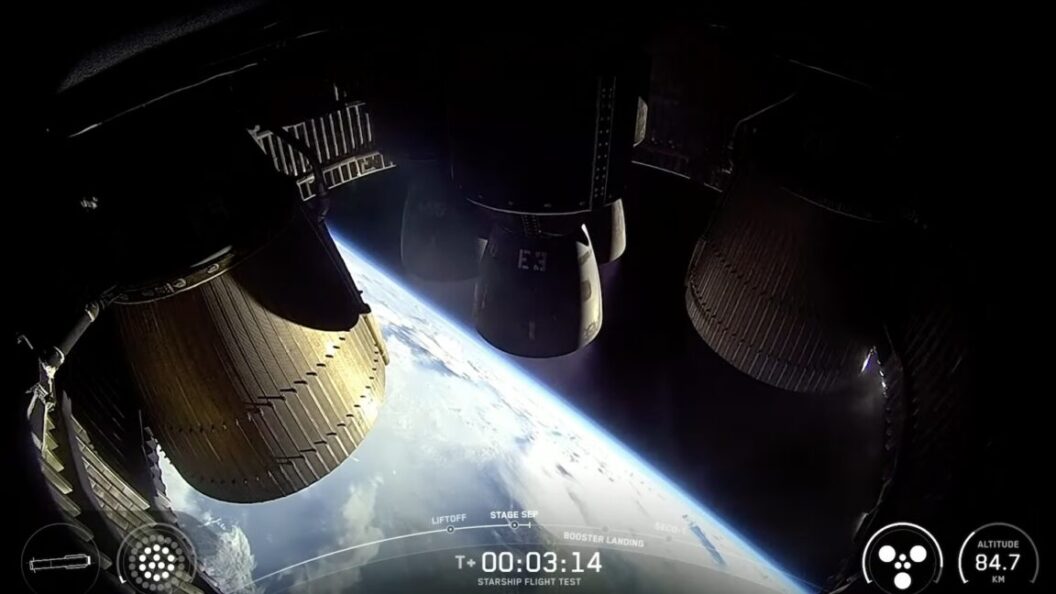SpaceX’s Starship Test Flight: Progress Amidst Challenges
SpaceX has made significant advancements in its ongoing quest to develop the Starship, the world’s most powerful rocket. During a recent test flight on Tuesday, the company overcame technical difficulties that had hampered prior launches. However, the mission faced new challenges, ultimately leading to the rocket losing control and re-entering the Earth’s atmosphere over the Indian Ocean approximately an hour after liftoff from Starbase, Texas, located near the US-Mexico border.
Overview of the Mission
The Starship, developed as part of SpaceX’s aim to transport both cargo and crew for missions to the Moon and Mars, is a complex and massive vehicle—larger than a Boeing 747. Despite nearly two years of developmental progress since its inaugural test in 2023, this year has seen multiple setbacks for the project.
Previous test flights revealed significant issues with the propulsion system of the upgraded "Block 2" design, causing leaks during launch phases and resulting in early shutdowns of the rocket’s main engines. Both flights ended in disasters where the vehicle disintegrated, scattering debris across vast ocean areas near the Bahamas and the Turks and Caicos Islands.
Progress Marked by Partial Success
In contrast to these earlier failures, the recent test flight demonstrated improvements. The Starship’s main engines operated at full capacity, successfully guiding the rocket along its intended flight path towards a designated splashdown. For a brief period, it seemed the mission could yield favorable results.
Elon Musk, the founder and CEO of SpaceX, celebrated the success via a post on X (formerly Twitter), stating, “Starship made it to the scheduled ship engine cutoff, so big improvement over last flight! Also, no significant loss of heat shield tiles during ascent.” This marks a notable achievement, indicating improvements in engine performance and structural integrity during the flight.
New Challenges Faced
Despite these advancements, the mission did not meet all of SpaceX’s critical objectives. Musk pointed out further complications that arose during the flight, attributing the loss of control during the coast and reentry phase to leaks that affected the main tank’s pressure. He remarked, “Lot of good data to review,” suggesting that the test, while flawed, will provide valuable insights for future launches.
Context and Implications
The Starship program is pivotal for NASA’s Artemis missions aimed at returning humans to the Moon and eventually exploring Mars. The ability to safely launch, control, and recover vehicles is essential not just for SpaceX, but for the future of space exploration.
While the recent flight serves as both a step forward and a reminder of the challenges of aerospace development, the data generated could help inform adjustments and enhance the reliability of Starship as it continues to evolve.
Conclusion: Navigating the Path Forward
As SpaceX navigates the intricate challenges inherent to developing one of the most ambitious rocket systems to date, the mixed results from this latest test illustrate the dual nature of innovation—marked by both progress and obstacles. The significance of this flight extends beyond immediate outcomes; it highlights the iterative nature of space exploration, wherein each launch brings us closer to understanding the complexities of rocket technology and interplanetary travel. The insights gained from this mission will likely inform future designs and operational methods, propelling the field of aerospace engineering forward.









